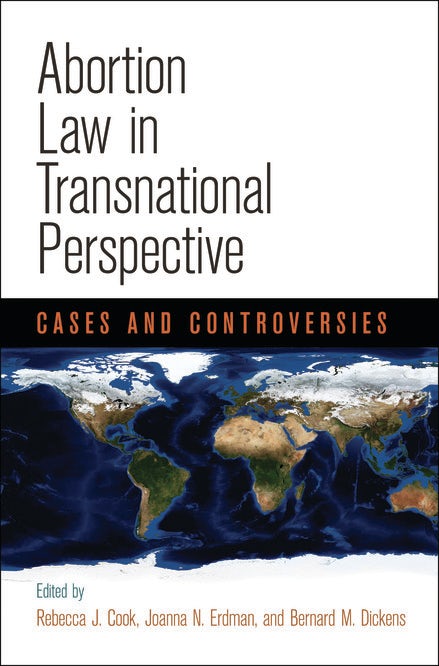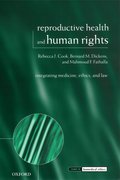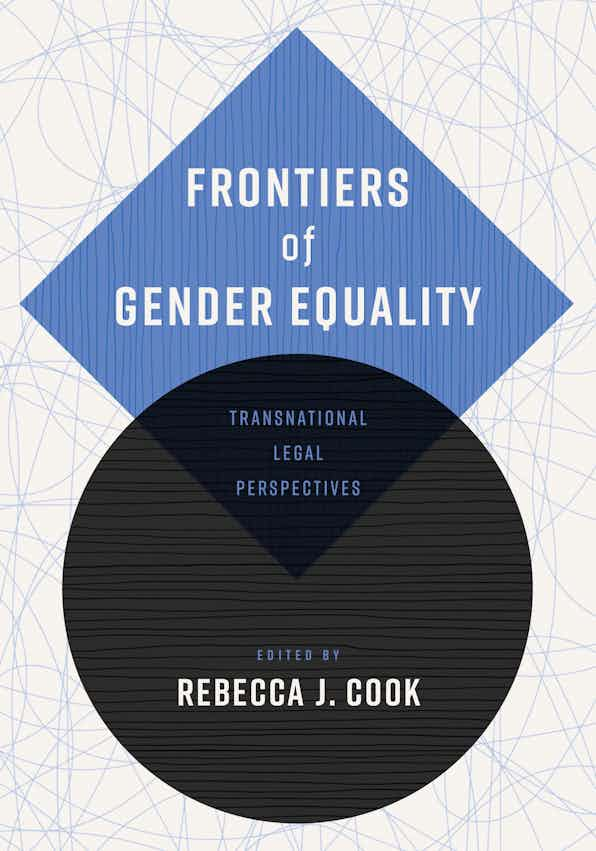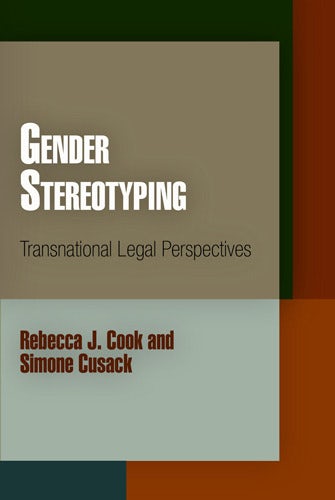Congratulations to Simone Cusack, an LL.M. graduate at the University of Toronto’s Faculty of Law, and Rebecca Cook, Co-Director of our International Reproductive and Sexual Health Law Program, whose useful article is now available online here. The Introduction (with footnote references omitted) is excerpted here:
“Stereotyping Women in the Health Sector: Lessons from CEDAW”
by Simone Cusack and Rebecca Cook,
Journal of Civil Rights and Social Justice 16.1 (Fall 2010): 47-78.
Lessons from the Convention on the Elimination of All Forms of Discrimination against Women (“CEDAW”) for the interpretation and application of the Protocol to the African Charter on Human and Peoples’ Rights on the Rights of Women in Africa (“African Protocol”) are multiple, and will vary according to the issue. This article argues that article 12 of CEDAW, which guarantees women’s right to the highest attainable standard of health, including reproductive health, has to be interpreted in light of that treaty’s foundational articles, particularly articles 2(f) and 5(a), which require the elimination of wrongful gender stereotyping. Since the African Protocol also requires States Parties to ensure women’s right to the highest attainable standard of health and to eliminate wrongful gender stereotyping, it is hoped that some insights might be derived from CEDAW that are useful to the interpretation and application of that Protocol.
This article examines how stereotyping women can impair or nullify their access to reproductive health care, in violation of CEDAW. In so doing, it argues that in order to eliminate discrimination against women, and indeed to prevent other violations of their human rights in the reproductive health context, greater priority needs to be given to combating wrongful stereotyping of women. The article begins in Part II by examining some of the most socially pervasive and persistent gender stereotypes that impact the availability, accessibility, acceptability and quality of reproductive health care for women. It explores the contextual factors of those stereotypes, and examines how their application, enforcement, or perpetuation in various laws, policies and practices can discriminate against women, or violate other human rights and fundamental freedoms. Using the framework set forth in CEDAW, Part III explores States Parties’ obligations to eliminate wrongful gender stereotyping that violates women’s access to reproductive health care. It continues by canvassing some of the measures that States Parties might take in order to dismantle the stereotypes that continue to thwart women’s equal exercise and enjoyment of the right to the highest attainable standard of health. The article concludes in Part IV by reflecting on some of the lessons learned under CEDAW regarding States Parties’ obligations to eliminate stereotyping.
——————–
Related Resources:
“Unethical Female Stereotyping in Reproductive Health,” by R.J. Cook, Simone Cusack and Bernard M. Dickens. International Journal of Gynecology and Obstetrics 109 (2010) 255–258.
Article in English. Spanish translation.
Gender Stereotyping: Transnational Legal Perspectives, by Rebecca J. Cook and Simone Cusack (University of Pennsylvania Press, 2010).




